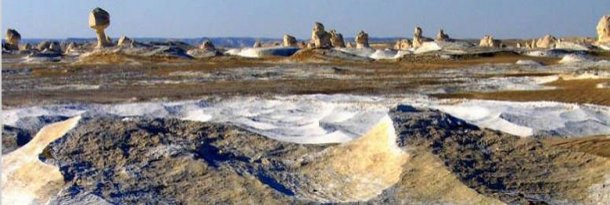|
White Desert Egypt |
White Desert Egypt |
White Desert Egypt | White Desert Egypt |
|
|
White Desert Egypt Early morning and late afternoon light casts long, dramatic shadows, highlighting the contours and adding depth to the scene. Sunset drenches the formations in warm oranges and pinks, while under the full moon, the White Desert glows with an incandescent, almost lunar radiance, making it an equally enchanting destination by night. While seemingly barren, the White Desert is not entirely devoid of life. Its harsh, arid conditions necessitate remarkable adaptations for survival. Visitors might spot fennec foxes, with their oversized ears helping to dissipate heat, or the swift movements of sand gazelles. Desert hares, various species of rodents, and a surprising array of insects also call this unique ecosystem home. Birds of prey, such as eagles and falcons, soar overhead, ever watchful for their next meal. Although sparse, the presence of these creatures adds another layer to the desert's mystique, reminding us of nature's resilience. The nearby Farafra Oasis acts as a crucial lifeline, providing water sources and sustenance for both wildlife and the local Bedouin communities. The primary way to experience the White Desert is through organized desert safaris, typically departing from the Farafra Oasis. These tours, often led by experienced local Bedouin guides, involve thrilling rides through the dunes in 4x4 vehicles, taking visitors to the most iconic and hidden gems of the park. Overnight camping is a highlight for many, offering an unparalleled opportunity to sleep under an impossibly clear, star-studded sky, free from light pollution. The silence of the desert at night, broken only by the gentle rustle of wind, is a profound experience. Beyond exploring the chalk formations, tours often include visits to the nearby Black Desert, characterised by its volcanic dolerite hills, and Crystal Mountain, a ridge composed entirely of sparkling quartz crystals. The hot springs near Farafra Oasis also offer a chance for relaxation after a day of exploration. Responsible tourism is paramount here; visitors are encouraged to leave no trace, respect the fragile environment, and support local communities. Recognising its immense natural value, the White Desert was declared a National Park in 2002, a crucial step towards its protection. Conservation efforts focus on managing tourism impacts, preventing littering, and minimising damage to the delicate chalk formations. The park's status helps regulate activities within its boundaries, ensuring its preservation for future generations. However, like many natural wonders, it faces challenges from increasing visitor numbers and the broader effects of climate change. Continued awareness and adherence to sustainable practices are vital to safeguarding this geological masterpiece. The White Desert of Egypt stands as a powerful reminder of the Earth's enduring ability to sculpt landscapes of astonishing beauty and wonder. Its vast, white expanse, dotted with fantastical chalk sculptures, offers a journey not just across physical space but through geological time, leaving an indelible impression on all who witness its silent, majestic grandeur. It is, without doubt, one of Africa's most compelling and unique natural treasures.
|










